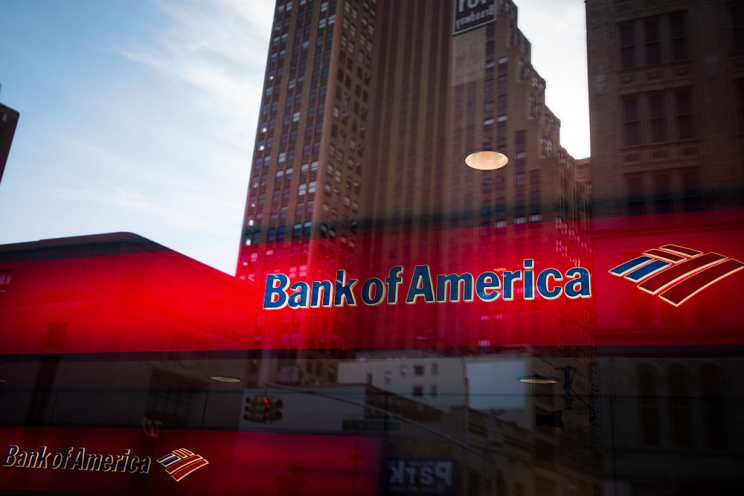Why a Fed rate hike won’t save the banks

Investors have been celebrating the better-than-expected earnings from the big banks, including Bank of America (BAC), Citigroup (C), JPMorgan (JPM) and even the beleaguered Wells Fargo (WFC).
But Wells Fargo Securities’ Gina Martin Adams says the celebration may be overdone. And, she added a contrarian warning: Impending rate increases may not be positive for the financials sector after all.
It’s all about the yield curve
Analysts often note that higher interest rates are good for banks. More precisely, banks benefit when long-term interest rates are higher than short-term interest rates.
When the difference—or spread—between long-term and short-term rates is wide, this is known as a steep yield curve. A steep yield curve—not a flat yield curve—is good for banks because they borrow short-term through customer deposits and lend long-term through loans like mortgages. This “net income margin” is a key profitability metric in the sector, and it has been under pressure in recent years with near-zero rates.
The Fed is widely expected to raise rates in December—with the market pricing in a probability of over 60%, which has sparked optimism for the financial sector (XLF). While it remains among the worst-performing sectors year-to-date, optimism has increased since mid-summer.
In fact, since the post-Brexit for the financial sector on July 6, the 10-year Treasury yield has increased 43 basis points, and the sector has rallied over 6%.

But Adams explains that a Fed rate hike will only boost the short end of the yield curve, which includes 3-month, 1-year and 2-year treasury yields. She warns there is a risk that longer term yields like the 10-year will not rise concurrently with short-term yields, thus leading to a flattening yield curve.
Adams’ colleagues forecast a Fed rate hike in December along with two hikes next year. She says this will bring the 2-year Treasury rate to 1.57% and the 10-year to 1.99% by the end of 2017.
This resulting 42 basis point spread would represent the fourth consecutive year of spread flattening.

“Our work suggests that Fed hikes can result in tactical opportunities for financials, but usually fail to result in long term performance gains,” she said. “We continue to suggest that as goes the yield curve, so goes financials performance.”
“Short rates matter, but the curve matters more, in our view, and it is still flattening.”
Please also see:
Gutsy analyst argues that already-expensive stock prices will get even more expensive
Dismal start to earnings season becomes market driver
Healthy retail sales number belies rapidly evolving industry dynamics

 Yahoo Finance
Yahoo Finance 
